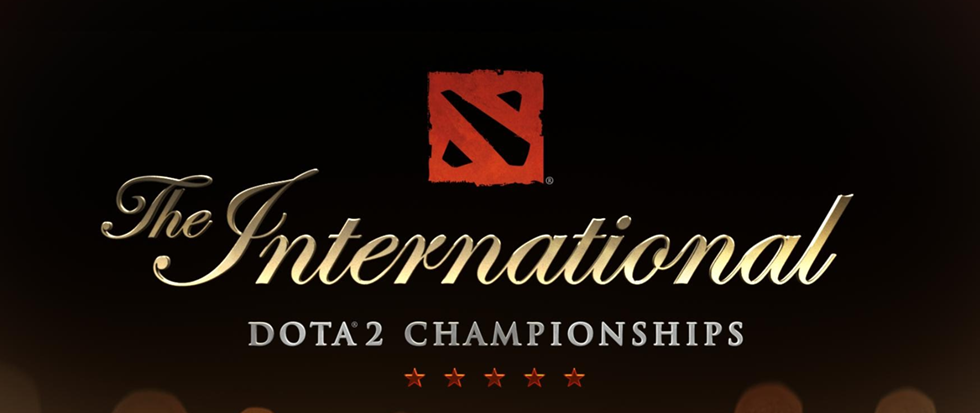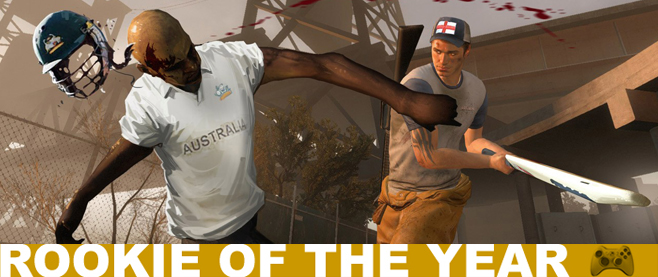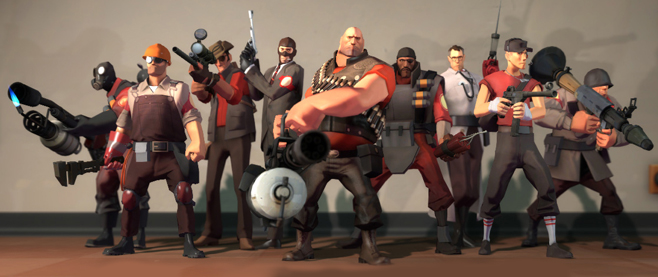
How Valve is Making Dota Approachable
As I write this, The International is in full swing. Hundreds of thousands of viewers are tuning in to streams on Twitch and the Dota 2 official site to watch pro teams from around the world vie for the record-setting prize pool. From a pop culture standpoint, TI is a fascinating look into the growing footprint of esports. It can also be a confusing and unapproachable for people unfamiliar with what a “multiplayer online battle arena” game is.
Like many, the hype in the build up to TI7 got its hooks in me. The promise of tense action and interesting storylines on par with anything found in the NFL or NBA. I’ve always been interested in MOBAs, ever since the early days of Dota as a Warcraft III mod, but the genre has historically been marred by complicated mechanics, a huge number of characters to learn, and, most importantly, unchecked toxicity in the communities. Luckily, this year Valve has gone out of their way to make Dota 2 more approachable, and the results are impressive. This story will not focus on how to watch and understand Dota–there are already many different resources on that front. Instead, this is a look at how Valve is seeking new viewers and players, and my personal journey to learn how to play MOBAs.
A month or so ago, a friend invited me to play Heroes of the Storm, Blizzard’s MOBA featuring characters from their various IPs. This appealed to me for two reasons. First, I’ve a long history with Blizzard’s games, from Diablo in the 90s, to grinding raids as a discipline priest in World of Warcraft, to Overwatch, my current go-to when I just want to play a game and catch up on podcasts. The characters in HOTS all appealed to me from a nostalgia standpoint, which provided an excellent gateway into the game.
The other reason HOTS worked for me as an introduction to MOBAs is that, as far as the genre goes, Heroes of the Storm is far more approachable. The maps are smaller than those found in League of Legends and Dota 2, and there’s a lot less minutia to worry about. For example, there are no items to purchase in HOTS and “last hits” on enemy minions don’t matter. This keeps the focus on the heroes and their respective roles, meaning you spend more time learning your character rather than worrying when to buy that Blink Dagger or landing the killing blow on that one single creep.
Because of my experience with HOTS, I now feel mostly comfortable with how MOBAs work, the general flow of a match, and how different hero roles interact with one another. But the minute-to-minute details of a game like Dota 2 still eluded me, and the huge roster of characters can be overwhelming. Luckily, Valve has made great strides in reaching out and catering to new players.
Last month, Valve made a blog post detailing their efforts to ease new players into the game. The highlight of the post is newcomer matchmaking, where new players are to be grouped with players of a similar skill, and those with high behavioral scores. Having a good social experience with a MOBA is absolutely instrumental to helping the approachability of the game. My favorite method of learning Dota this International season, however, has been the newcomer stream, an absolutely brilliant feature that provides helpful overlays explaining hero abilities and various minute-to-minute toolvtips that make learning the game easier.
I still have a long way to go to feel truly comfortable with MOBAs, but I’m feeling optimistic about my progress. Everyone travels a different path, and what worked for me may not work for you. But watching the International this year has been very exciting and well worth the effort.




